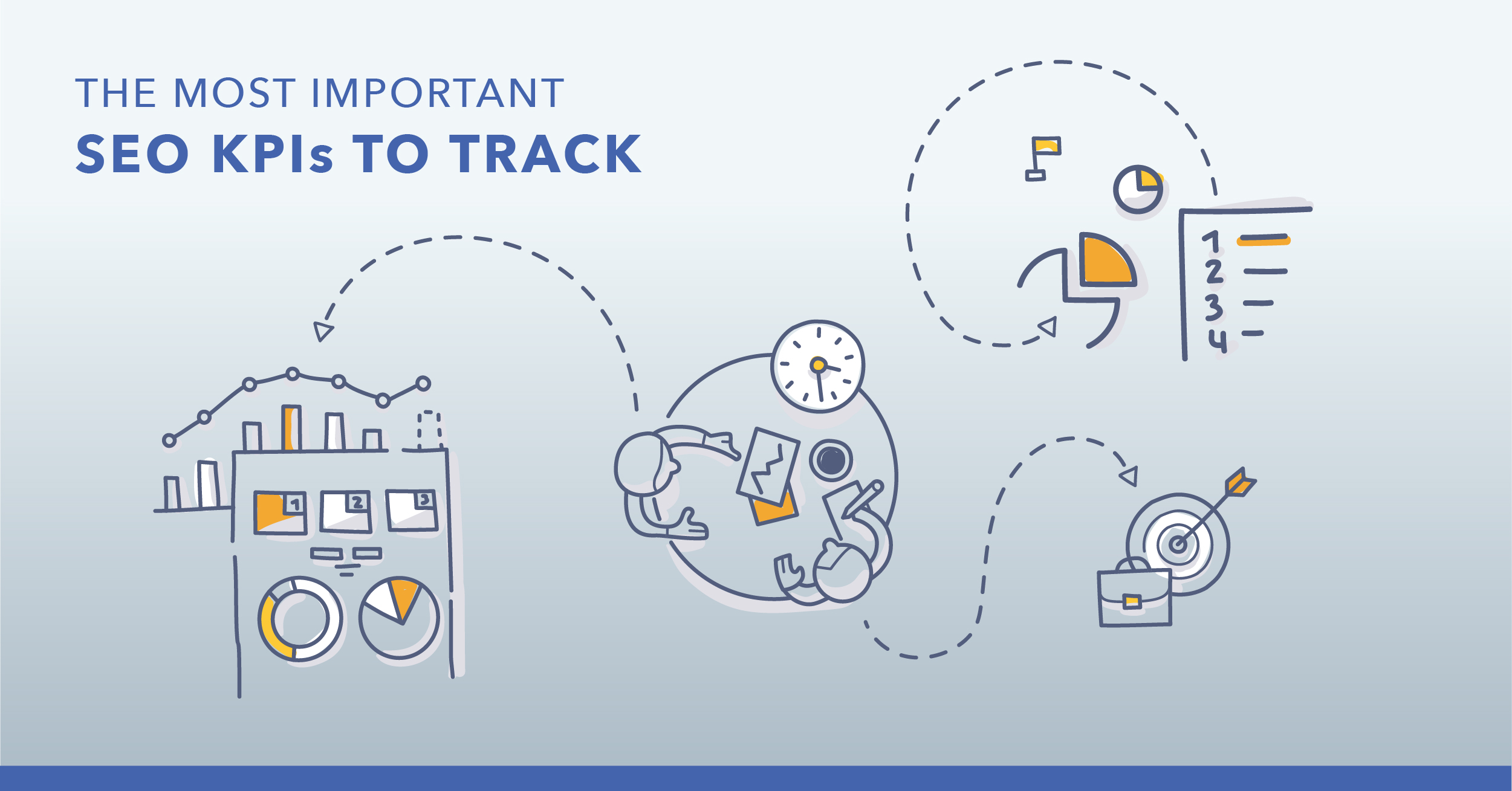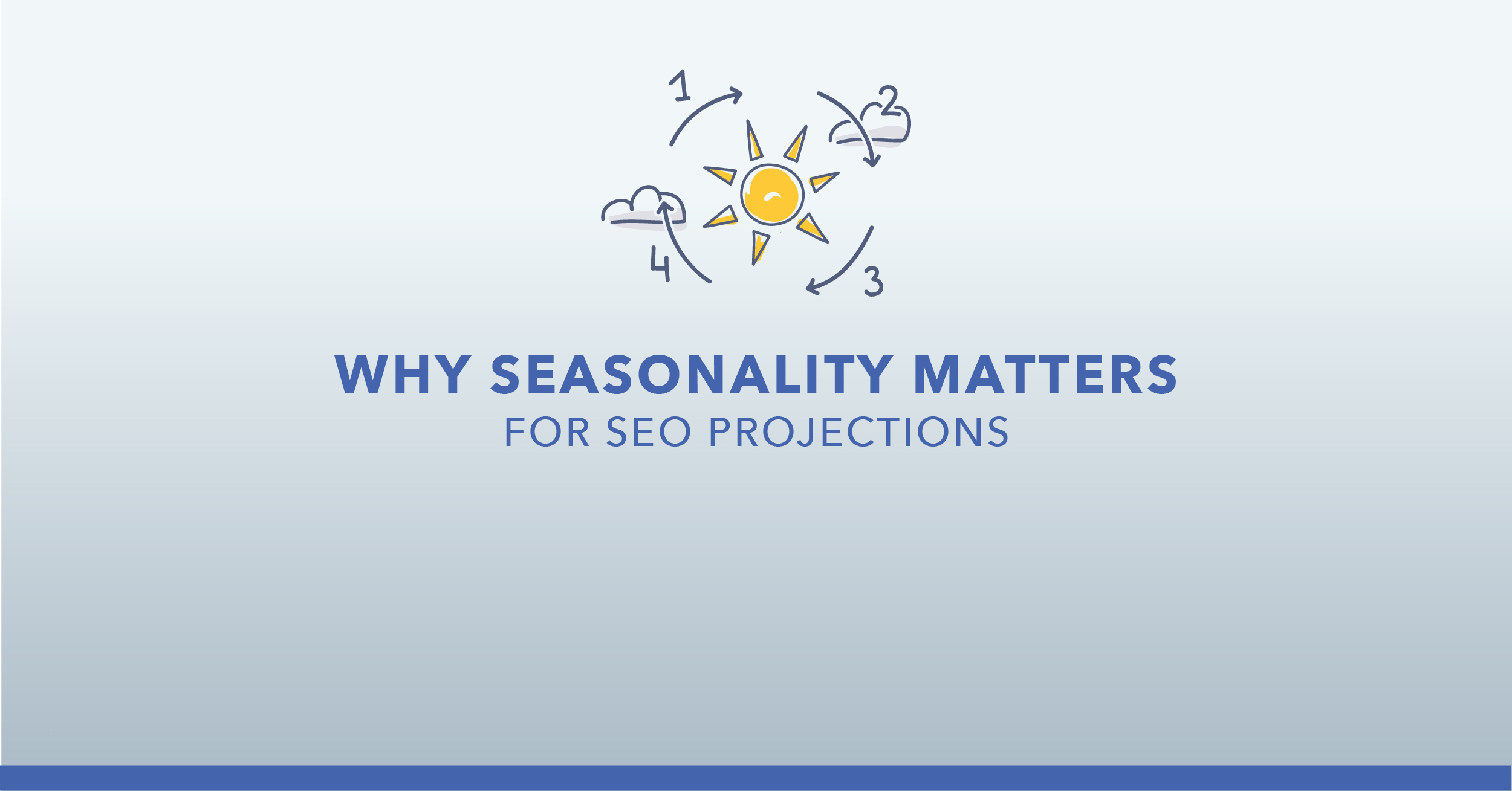Enterprise SEOs have a tunnel vision problem.
When it comes to choosing projects and optimizations that make the biggest impact, disconnected datasets have prevented SEOs from seeing a cohesive picture — especially in technical SEO.
Because of this, they often choose to do what they’ve seen work best with other sites or stick to what is within their realm of expertise.
The lack of perspective prevents them from seeing the forest from the trees.

Thankfully, technical SEO, like many aspects of the industry, continues to evolve.
Table of Contents:
- The Evolution of Technical SEO
- Full Funnel View of SEO Performance With Clarity 360
- The Stages of the SEO Fundamental Funnel
- Fun-Fun in Action: How to Leverage the Framework
- Quick Insights at Each Stage of the Funnel
The Evolution of Technical SEO
For years, SEOs have worked within shared “best practices” to manually check for issues within a sample of pages.
>> SEO Checklists. Usually manually crafted, SEO teams used to check and address technical issues one-by-one across their site.
Sure checklists have been helpful in catching technical errors, but it’s not scalable for large sites.
So, to speed up the process, SEO tools and platforms expanded the ability to view technical issues.
>> Recurring Crawls and Custom Site Audits. Using dedicated SEO technology, issues became easier to identify in bulk, saving SEOs time.
Even so, it was still difficult to directly correlate the changes applied to important KPIs like increased search visibility.
Which brings us to the current stage of technical SEO’s evolution: technology that shows a full-funnel view of SEO performance.
>> Connecting Site Health to Organic Performance. See the forest from the trees in one, cohesive full-funnel view of SEO performance.
Even Kevin Indig noted in a LinkedIn post, for large enterprise sites, “... you can’t simply crawl the site or track keywords for every page. You need to use log files to develop an understanding of where Google gets stuck and what page types perform well.”
Now, data from every aspect of your SEO program can be analyzed and correlated in one centralized view with the Fundamental Funnel Framework (Fun-Fun).
The Fun-Fun framework moves you from tunnel vision to full-funnel vision of the whole landscape of your organic search program.

Full Funnel View of SEO Performance With Clarity 360
With Clarity 360 from seoClarity, technical SEOs can stitch disparate data points into a single view, instantly revealing bottlenecks in a site’s health that hinder larger outcomes at the bottom of the funnel.
Clarity 360 enables SEOs to analyze ALL the metrics for every URL in a single view, no matter the data source it comes from—server logs, search console, site analytics, rankings, backlinks, and beyond.
With this view, SEOs can parse through data and understand how certain technical implementations affect your rankings, impressions, and traffic, adding context to tactics that transform data into action.
The Stages of the SEO Fundamental Funnel
Where does Fun-Fun come from? Well, it’s built on top of Google’s stages of search: crawling, indexing, and serving results.
But SEOs’ KPIs extend further than landing in the search results — there also needs to be organic traffic and, ideally, conversions.
So, the Fun-Fun framework references Google’s own stages of search, but adds onto it to make it more relevant for SEOs’ objectives:
- Known: All distinct URLs from all data sources available or selected.
- Crawled: All distinct URLs found in a specific site audit.
- Indexed: All distinct URLs found in Search Analytics, Site Analytics, and Rank Intelligence. (This creates a proxy to estimate how many of your pages Google has indexed.)
- Productive: All distinct URLs with traffic from Site Analytics or clicks from Search Analytics.
- Converting: All distinct URLs that have one or more conversion goals. (Although SEOs don’t typically control conversions from organic traffic, it’s still important to see which pages in your SEO program do lead to conversions.)
This leading framework lets you connect your site health to your organic traffic in one comprehensive view, with the ability to drill down into specific URLs, page groups, or other segments of your site.
Fun-Fun in Action: How to Leverage the Framework
When you first look at the funnel and see all of your data in one centralized view you may ask, “Why does each stage have a different number of pages?”
For example, perhaps there are 1 million known pages on your site, but only a few thousand are being crawled. As you progress further down the stages, do the number of URLs continue to drop overall?
Digging into the data will allow you to answer these questions:
- How can I identify where bottlenecks exist within my SEO program?
- Where is my site falling short?
- How do I prioritize where to focus?
- How can I forecast the impact of my work?
More specifically, you can use this framework to discover where crawl budget is being wasted, identify orphaned pages, forecast the impact of optimizations on performance, test and validate industry “best practices” by comparing the performance of sets of pages, and answer any question on performance in seconds.
Quick Insights at Each Stage of the Funnel
Let's explore some more specific questions that might be top of mind as you move through each stage of the framework.
Known Pages: Pages that Google Knows About
The number of Known pages is the total number of pages that Google knows about for your site. In some cases, you may find it to be higher than anticipated.
Naturally, this leads to a question …
→ Where are these URLs coming from?
You can instantly see a breakdown of these pages’ sources — whether they come from bot files, Site Analytics (Google Analytics data), Search Analytics (Search Console data), a site audit, site map, or Rank Intelligence.
You may find, for example, that in the Known stage, Google crawls pages that don’t appear on your website. That is, the number of URLs that are known are higher than the number of URLs found in a site audit.
→ What type of URLs are they?
With one click, you can reveal which Content Types (and their respective URLs) appear in the Known stage. Plus, you can see the performance of each Content Type (i.e. impressions, clicks, CTR, traffic, etc.)
A unique metric to check is “Crawls per Crawled URL.” This reveals how often Google visits a particular Content Type across a given timeline. If, for example, Google visits often but that group of pages drives little traffic, you’ve just identified a potential waste of crawl budget.
Another source of a wasted crawl budget is orphaned pages. Luckily, this is one more question that can be answered thanks to the Fun-Fun framework.
→ What are the sources of orphans?
Even though orphaned pages aren’t linked to in the site structure, they can still be indexed and receive organic traffic.
So, to find the sources of your orphaned pages, you can uncover which Content Types appear in the funnel under “Indexed” and “Productive” but don’t fall under “Crawled.”
This break in the funnel reveals those orphaned pages, and their sources.
Crawled Stage: Pages Found in an Audit
Pages in the Crawled stage are the pages that can be found in an audit.
If you focus on pages in this part of the funnel, you can locate, for example, pages found in the site audit that aren’t indexed by Google.
There could be a good reason for this, but now you’ll be able to know if it’s intentional or accidental. You can determine if those pages are indexable in the first place, or if they should be indexed at all.
That’s just the start of what you can uncover at this stage.
By focusing on the pages that have been crawled, you can compare that number to the number of orphaned pages. This works to answer the question of …
→ How do the pages crawled compare to the orphans?
Or, you can use the funnel to rule out the pages found in a site audit that are included in other stages. For example:
→ Are there pages in sitemaps missing from the site audit?
If these pages drive traffic, you may consider linking them properly throughout your site to see if they perform better organically as a result.
Another question you can answer with the funnel has to do with what types of pages are found in a site audit:
→ What is the mix of Content Types in the site structure?
With a quick filter, you can see which Content Types have the most pages that were found in a crawl. That way, you can focus on traffic-driving groups or dive into specific pages.
Indexed Stage: Pages With Impressions or Organic Traffic
Focusing on the Indexed stage shows you the pages that have impressions or organic traffic.
This, as an example, can reveal pages that are indexed but not crawled. This would reveal pages that are picked up by Google (that could be generating organic traffic) but aren’t in the site structure. This works to answer the question:
→ What indexed URLs are orphans?
Another insight at this stage answers the following question:
→ Are all indexable pages actually indexed?
If you find the answer to be no, you can work to increase the number of indexed pages to have a better chance of having traffic-driving pages.
On a similar note, you can also look at indexed pages that are not productive (i.e. not generating traffic). There could be an optimization opportunity for you there.
Here’s another question to answer at this stage:
→ How much of the site structure is not indexable?
You may find that the non-indexable pages are that way intentionally, but it could be an unintentional mistake, too.
Productive Stage: Pages Driving Organic Traffic
This stage can reveal what your most traffic-driving pages or page types are. You can also locate pages that are productive but weren’t crawled in a site audit.
→ Are there productive orphaned pages?
These can be great candidates to add to your site structure if they’re pages you care about.
You can also compare the productive pages that are and are not found in sitemaps.
→ How productive are URLs in sitemaps compared to those not in sitemaps?
This could lead to a hypothesis that perhaps pages are more productive when included in the sitemaps, so all productive pages should be included.
Another quick insight you can uncover at this stage is locating your most productive pages. With proper segmentation, you’re able to answer:
→ What is the most productive Content Type?
You’ll know if the answer does or doesn’t match your expectations. Then, you can work to get more Content Types more productive.
Conclusion
A full funnel view of your data can uncover both issues and opportunities.
The Fun-Fun framework connects your data sources so you can see which technical changes lead to a change in organic traffic.
To learn more about how Clarity 360 helps uncover the most impactful technical optimizations for your site by providing a single view of all your data aligned by URL, schedule a demo today.
<<Editor's Note: This piece was originally published in April 2023 and has since been updated.>>




.png?width=140&name=JeffSmith%20Circle%20(1).png)



Comments
Currently, there are no comments. Be the first to post one!